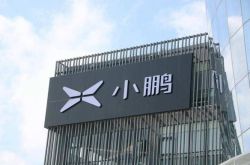2024's 'Number One Auto City' Emerges: Not Guangzhou or Chongqing, but Shenzhen!
![]() 01/20 2025
01/20 2025
![]() 489
489
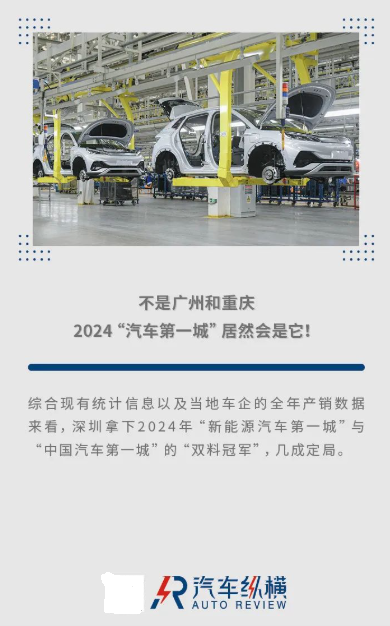
Remarkably, the rankings of China's automotive cities have witnessed a sudden shift.
At a recent public event, Tang Shangxing, Deputy Director of the Shenzhen New Energy Vehicle Industry Office, announced that Shenzhen's new energy vehicle production reached 2.9353 million units in 2024, surpassing all other cities in China. Despite Guangzhou and Chongqing, previously favored candidates, yet to officially release their 2024 auto production data, existing statistics and annual sales figures from local automakers suggest that Shenzhen is poised to claim the dual titles of "Number One New Energy Vehicle City" and "Number One Auto City" for 2024.
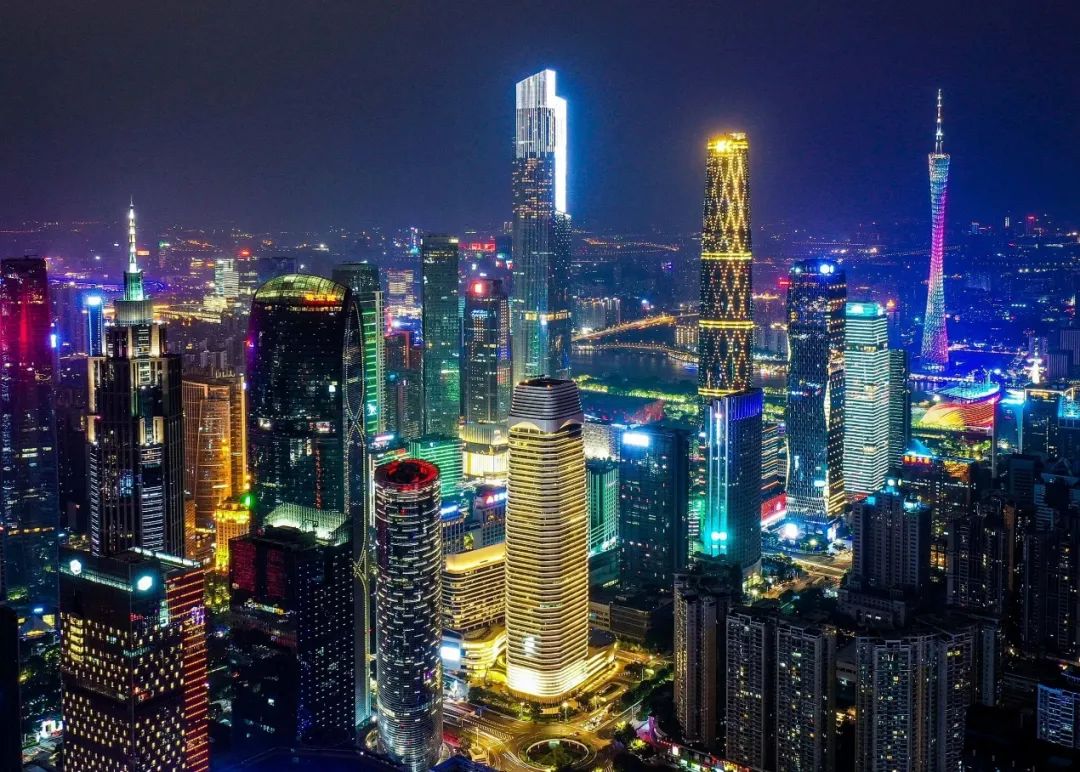
On the surface, this appears as a minor adjustment in the rankings of domestic auto production cities. However, in reality, Shenzhen's ascendancy, a city producing virtually no traditional fuel vehicles, surpassing numerous traditional auto hubs to secure the "double first" title in 2024, signifies unprecedented transformations within the automotive industry and the national automotive landscape.
Shenzhen's victory is now a foregone conclusion.
The rapid surge in new energy vehicles has primarily occurred over the past three to four years. According to the China Association of Automobile Manufacturers, in 2021, China's new energy vehicle production and sales reached 3.545 million and 3.521 million units, respectively, both increasing by 1.6 times year-on-year, with a market share of 13.4%. In 2022, China's annual new energy vehicle production and sales surpassed 5 million units for the first time, reaching 7.058 million and 6.887 million units, respectively, with year-on-year growth rates of 96.9% and 93.4%. That year, the market share of new energy vehicles exceeded 25%, achieving the goal of "reaching around 20% of new vehicle sales by 2025" proposed in the national "New Energy Vehicle Industry Development Plan (2021-2035)" three years ahead of schedule. In 2023 and 2024, domestic new energy vehicle production and sales continued to maintain a high growth rate, with annual sales surpassing the 12 million mark.
Prior to 2024, the city with the highest domestic new energy vehicle production varied annually. In 2021, Shanghai was crowned the "Number One New Energy Vehicle City" in China, followed by Xi'an in 2022, and Shenzhen emerged as a dark horse to claim the title in 2023. The title of "Number One New Energy Vehicle City" changed hands three times until 2024, when Shenzhen continued to top the list with a production of 2.9353 million units, firmly establishing itself as China's leading new energy vehicle city.
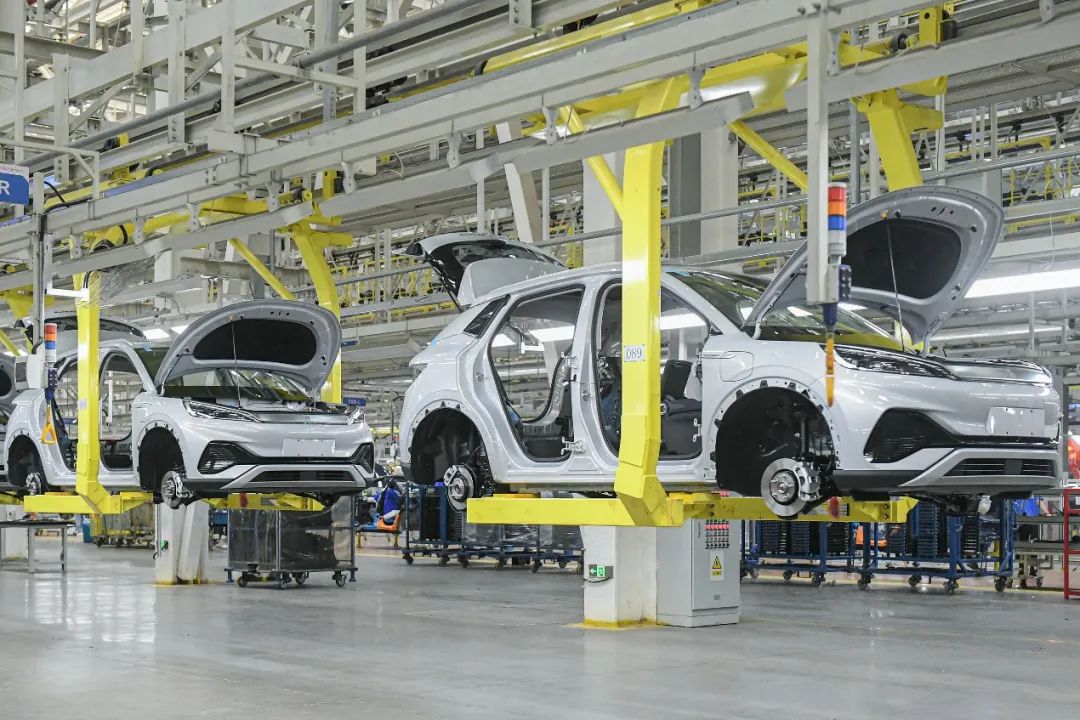
What is even more remarkable is that this city, almost exclusively producing new energy vehicles, became China's "Number One Auto City" in 2024, securing the double title. Notably, previously, the city with the highest auto production in China has always been a major traditional auto hub. According to public data, in 2023, the top five cities in terms of auto production were Guangzhou (3.1792 million units), Chongqing (2.3179 million units), Shanghai (2.1561 million units), Shenzhen (1.786 million units), and Changchun (1.558 million units). Among them, Guangzhou had been the champion for five consecutive years and was considered a strong contender to top the list in 2024. Although Guangzhou's auto production data for 2024 has not yet been released, based on existing data, it is highly unlikely to surpass Shenzhen. According to official statistics, Guangzhou's auto production in the first three quarters of 2024 was 1.7934 million units, while Shenzhen's auto production in the same period exceeded this number, reaching 1.829 million units. Additionally, based on GAC Group's announcement that it produced a total of 1.9166 million vehicles last year, and considering that GAC's vehicle production accounted for approximately 80% of Guangzhou's overall production in previous years, Guangzhou's annual auto production for 2024 can be estimated at around 2.4 million units, far behind Shenzhen.
Furthermore, as another city with high hopes of winning the title, Chongqing's auto production from January to November 2024 was 2.228 million units, a year-on-year increase of 7.2%. Chongqing has also not officially announced its auto production data for the entire year of 2024, but based on the development trend in the first 11 months, it is evident that it is difficult to surpass Shenzhen.
Thus, there is little doubt that Shenzhen will simultaneously hold the positions of "Number One New Energy Vehicle City" and "Number One Auto City" in 2024.
Changes in the National Auto City Landscape
Shenzhen's rise to become China's "Number One Auto City" in 2024 is a landmark event. This signifies that with the advent of the wave of electrification, intelligentization, and connectivity in the automotive industry, the landscape of China's auto cities will undergo significant transformations. If traditional auto hubs fail to adapt promptly and gain new advantages, they may inevitably fall behind.
This has been evidenced by the rapid progress of some auto cities in recent years. In the era of traditional fuel vehicles, Shenzhen was virtually unknown. However, thanks to BYD's successful transformation in the field of new energy vehicles in recent years, Shenzhen's advancement has been remarkable. In 2024, BYD's production reached 4.3041 million units, a year-on-year increase of 41.34%, setting a new record high, and in November of last year, it became the first automaker in the world to roll off its 10 millionth new energy vehicle. Although BYD's production bases are spread across the country, including cities such as Xi'an, Changsha, Changzhou, Hefei, and others, Shenzhen, as the birthplace and headquarters of BYD, naturally became one of BYD's largest production bases in China, justifying its claim to the title of China's "Number One Auto City".
Similarly, Chongqing, which may rank second in auto production nationwide in 2024, has seen a resurgence. As early as 2016, Chongqing ranked first in the country for three consecutive years with an auto production of 3.1562 million units, but Guangzhou's auto production has been higher than Chongqing's for the past seven years. It was not until Chongqing quickly turned around by partnering with AITO, supported by Huawei, and local traditional automaker Changan Automobile vigorously developing new energy vehicles that it finally achieved significant growth in auto production. A noteworthy statistic is that from January to November 2024, Chongqing's fuel vehicle production declined by 15.4%, but when combined with new energy vehicles, the city's overall vehicle production increased by 7.2%, indicating that new energy vehicles have occupied a significant position.
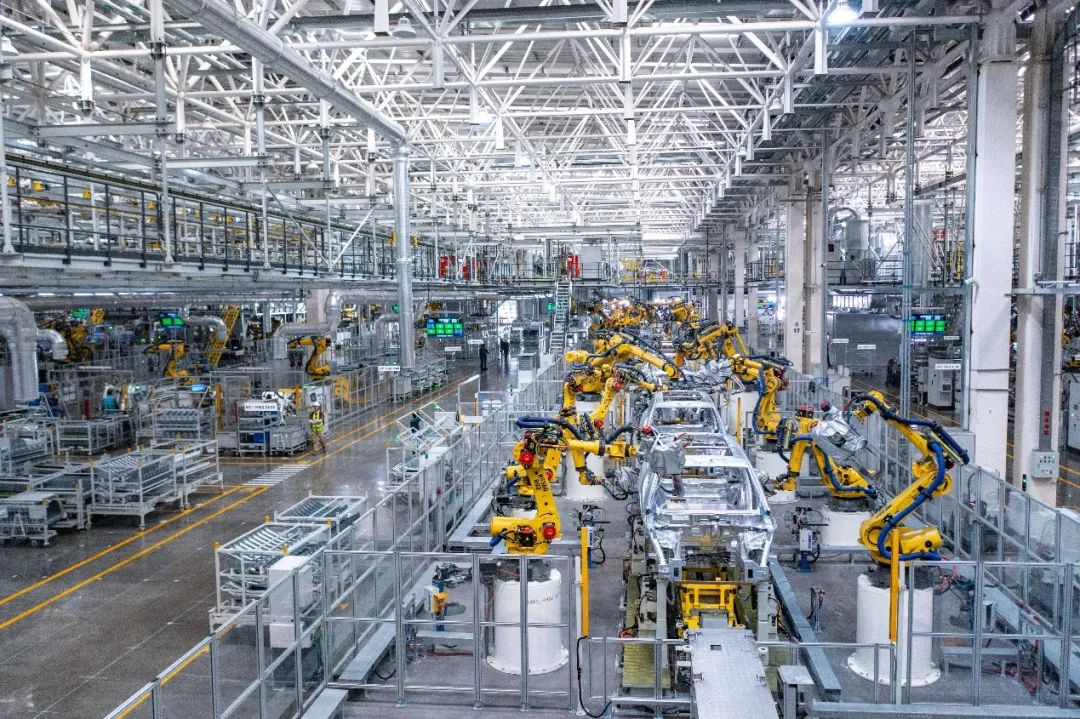
Another noteworthy "rising star" is Hefei. Due to its "bottom-fishing" investment in NIO in 2019, Hefei was once hailed as the "Venture Capital City," but in terms of total volume, Hefei's auto production has always been low among Chinese cities, at only 571,800 units in 2022. It was not until the commissioning of BYD's Hefei factory in June 2022 that Hefei's total auto production rapidly increased along with the surge in new energy vehicle production. Data shows that Hefei's new energy vehicle production in 2023 was 746,000 units. Among them, BYD produced 486,000 complete vehicles, accounting for approximately 65% of Hefei's total new energy vehicle production, making a significant contribution. The recently released Hefei Municipal Government Work Report shows that Hefei's new energy vehicle production exceeded 1.35 million units in 2024, with a year-on-year growth rate of 81%.
Competition Among Many Players, Still with Uncertainties
From 2014 to 2024, China's auto industry has undergone an extraordinary decade, with new energy vehicles leaping from being a "niche product" to becoming a crucial force driving market growth. Some analysts believe that the surging wave of electrification and intelligentization has reshaped the landscape of China's auto industry. Traditional auto hubs are facing unprecedented challenges, while cities with a weaker auto industry foundation, such as Shenzhen, Hefei, Changzhou, and Xi'an, have grown into new "auto capitals" under the impetus of innovative companies like BYD, NIO, and Li Auto.
In 2014, six cities - Changchun, Shanghai, Chongqing, Beijing, Wuhan, and Guangzhou - collectively produced 12.872 million vehicles, accounting for 54% of China's total auto production that year. Ten years later, cities previously unknown in China's auto city landscape, such as Shenzhen, Xi'an, Hefei, and Changzhou, have begun to emerge. For instance, Xi'an, which was not mentioned above, surpassed Shanghai in 2022 with an annual production of 1.0152 million new energy vehicles, becoming the city with the highest new energy vehicle production that year. As of December 13, 2024, the new energy vehicle production at BYD's Xi'an Industrial Park exceeded 1 million units for the first time, and Geely's Xi'an factory also surpassed the 300,000-unit production mark for the first time in 2024, demonstrating strong potential and a promising future.
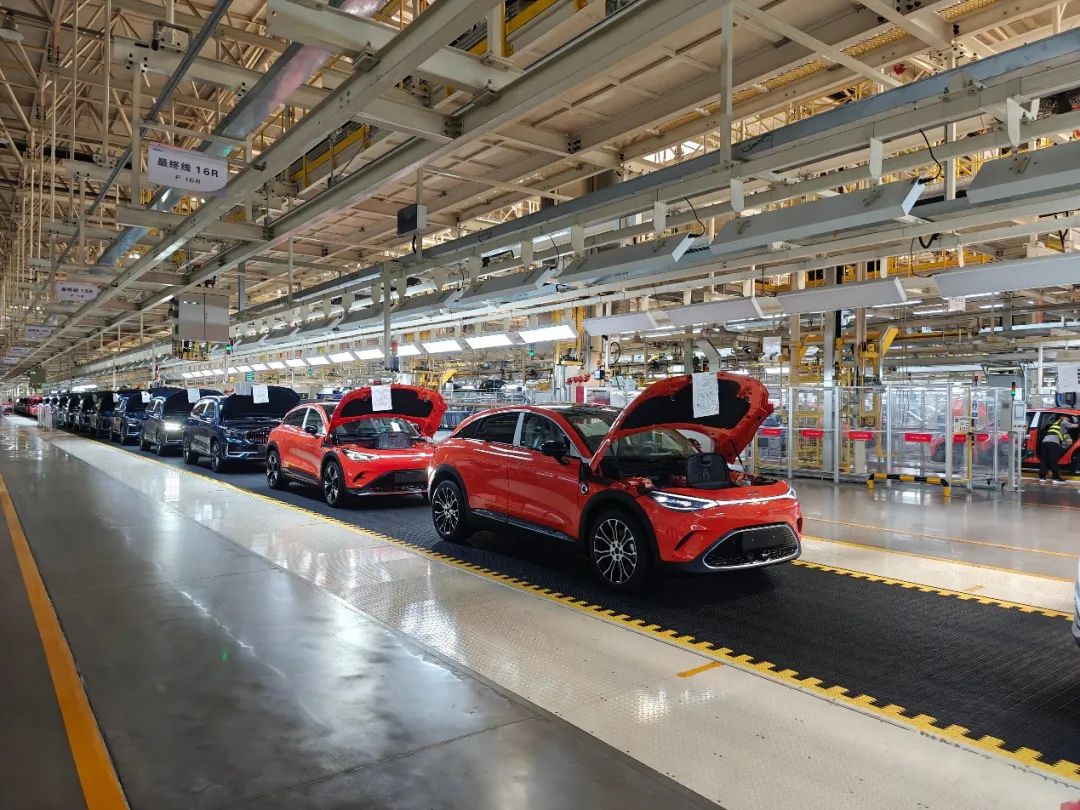
It should be acknowledged that established auto cities are also actively transforming and seeking breakthroughs. On the one hand, they fully leverage their existing industrial advantages by integrating the resources of local governments and state-owned auto groups to create new energy sub-brands. For example, SAIC Motor's IM Motors, GAC Group's AION, BAIC Group's ARCFOX and ARCFOX HI, Changan Automobile's AVATR, Deep Blue, and Qiyuan, as well as Dongfeng Motor's HOVOS and iFAW, were all born out of this context.
On the other hand, they proactively seek "external support." A typical case is Shanghai attracting Tesla to set up operations there. Official data shows that Shanghai's auto production reached 1.632 million units in the first 11 months of 2024, accounting for approximately 6% of the national total, with new energy vehicle production exceeding 1.11 million units, accounting for 13.2% of the national total. Tesla made a significant contribution to this. According to Tao Lin, Vice President of Tesla, the Shanghai Gigafactory delivered over 916,000 vehicles in 2024, accounting for half of Tesla's global deliveries.
Another type of "external support" comes from private automakers represented by new carmaking forces, such as Thalys in Chongqing and Xiaomi Motors in Beijing. According to official news from Xiaomi Motors, the company delivered over 135,000 vehicles in 2024 and aims to deliver 300,000 vehicles in 2025.
It is evident that new energy vehicles have profoundly impacted China's auto industry landscape. However, looking further into the future, the second half of intelligentization may be the decisive battle that will shape the future "Auto Capital of China." The competition between "old" and "new" auto cities is still ongoing, and the ultimate victor remains uncertain.
Images: From the internet
Article: Auto Review
Typesetting: Auto Review




